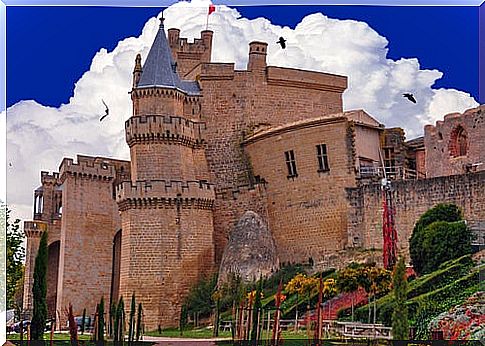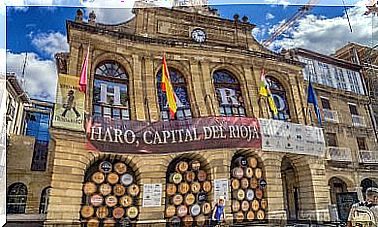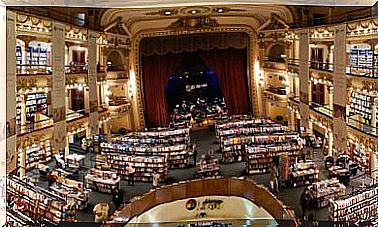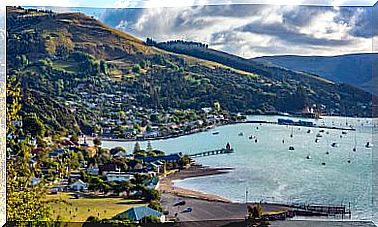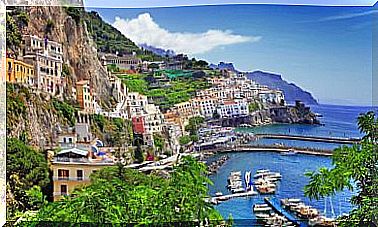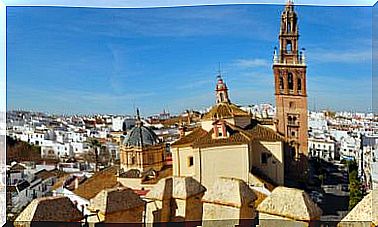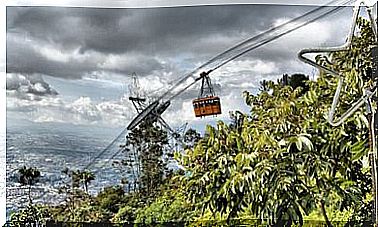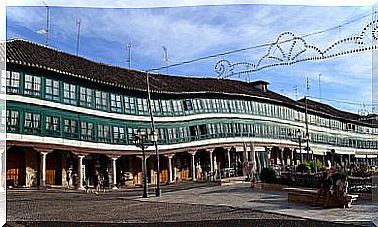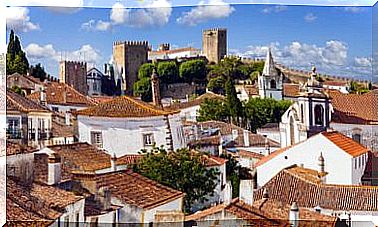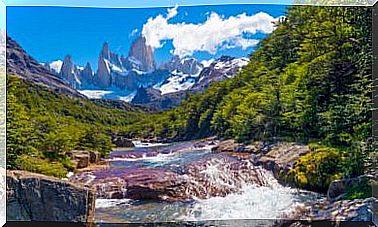Get To Know The Medieval City Of Carcassonne
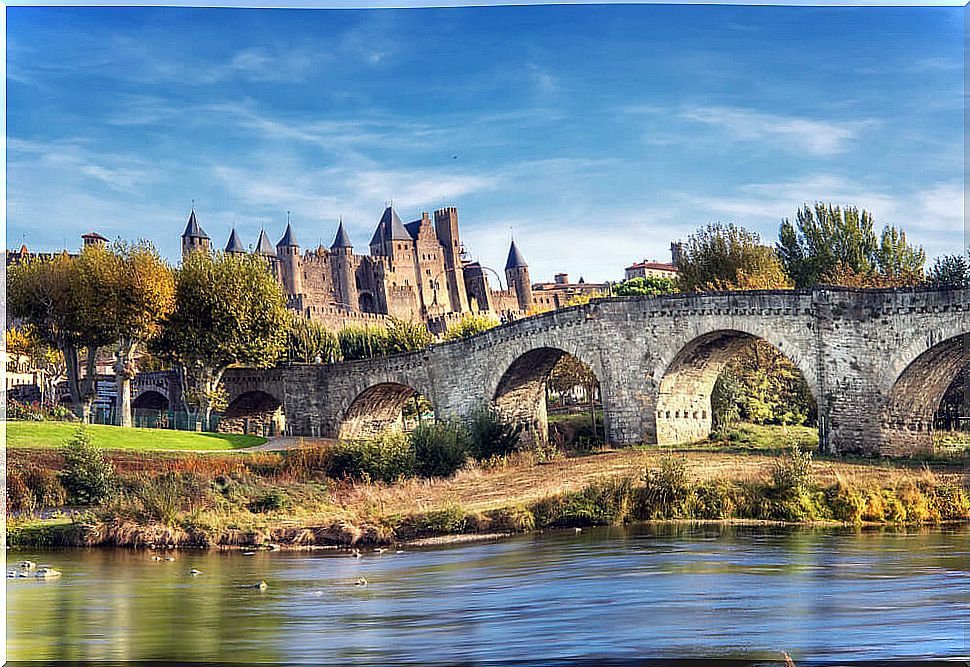
A World Heritage Site since 1997, the medieval city of Carcassonne had a great relevance in the historical development of southwestern Europe. Walking through its streets we will have the opportunity to travel back in time to see and feel the history of this wonderful French city.
It is located in the south of France, 80 kilometers east of Toulouse and 60 kilometers from Narbonne. Carcassonne stands at a crossroads between the routes that connect the Atlantic Ocean with the Mediterranean Sea and those that do so with the Iberian Peninsula and the rest of Europe.
This strategic position was decisive so that, as early as the 6th century BC, different civilizations decided to establish a permanent settlement. In this article we are going to dive into the history of this wonderful city and highlight the places that it is essential to visit. Can you come with us?
Carcassonne, a city where you can breathe history
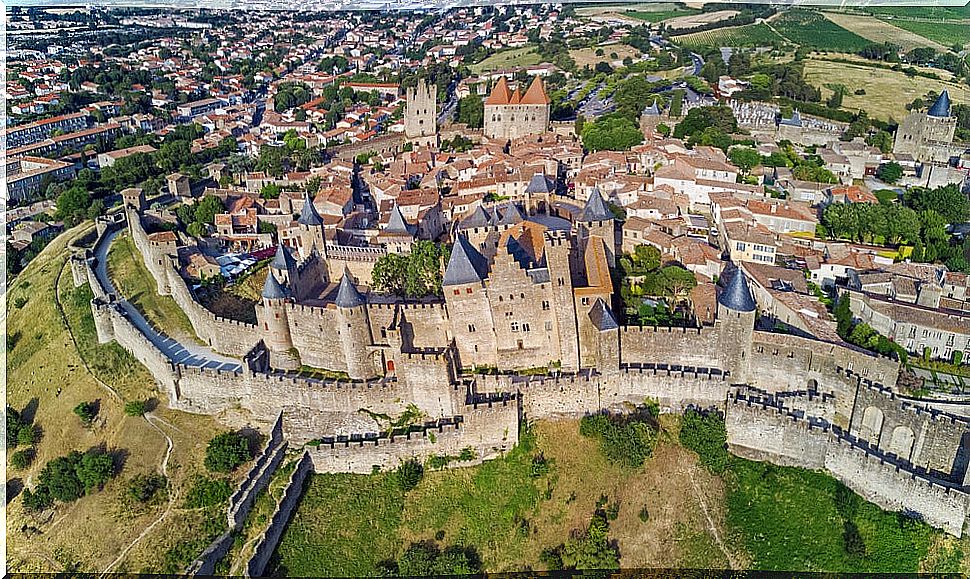
The oldest presence of a human settlement in Carcassonne dates from the 6th century BC. From that date to 122 BC, when the Romans occupied the region, there is evidence of Iberian and Gallic presence. But it was with the Roman occupation that this settlement began to acquire a strategic role.
Around 100 BC, the new occupants fortified the hilltop where today we place the cité and the fortress became the administrative center of the Carcaso colony. The Roman presence in the Provence and Languedoc region was maintained until the 5th century AD.
With the arrival of the Germanic peoples, the citadel was occupied by the Visigoths in the year 460. This people built more fortifications, although they did not prevent the Saracens from conquering the city in 725.
The Muslim presence was brief, only 34 years, before Pepin the Short, king of the Franks, expelled them in 759. After the death of Charlemagne, the disintegration of the Carolingian Empire gave way to feudal times.
Several were the successors who took over the direction of the city, until in 1067 the Trencavel family took over the citadel. This rich family built the county castle and the basilica of San Nazarino.
The medieval city of Carcassonne and the Albigensian crusade
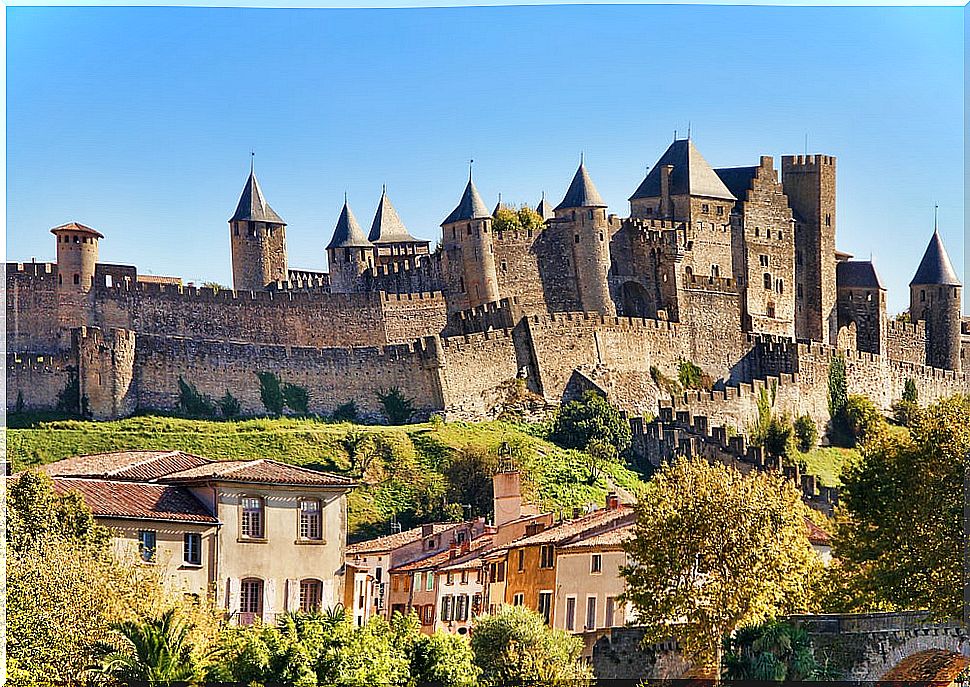
Between 1209 and 1244 a crusade against Catharism was carried out which, from the year 1012, was taking hold in the region of Occitania. Carcassonne was a Cathar city and one of the main targets of the Crusaders.
Thus, in August 1209, the citadel was besieged. The siege only lasted 15 days, since, faced with the experience of Béziers, where the crusaders entered the city with blood and fire, they decided to save its inhabitants through a quick surrender.
Once the city was taken, it became a border citadel between the Crown of Aragon and the kingdom of France. For this reason, Simon de Monfort, the new viscount of the city, reinforced and expanded the fortifications.
La Bastida de San Luis and the disappearance of the border
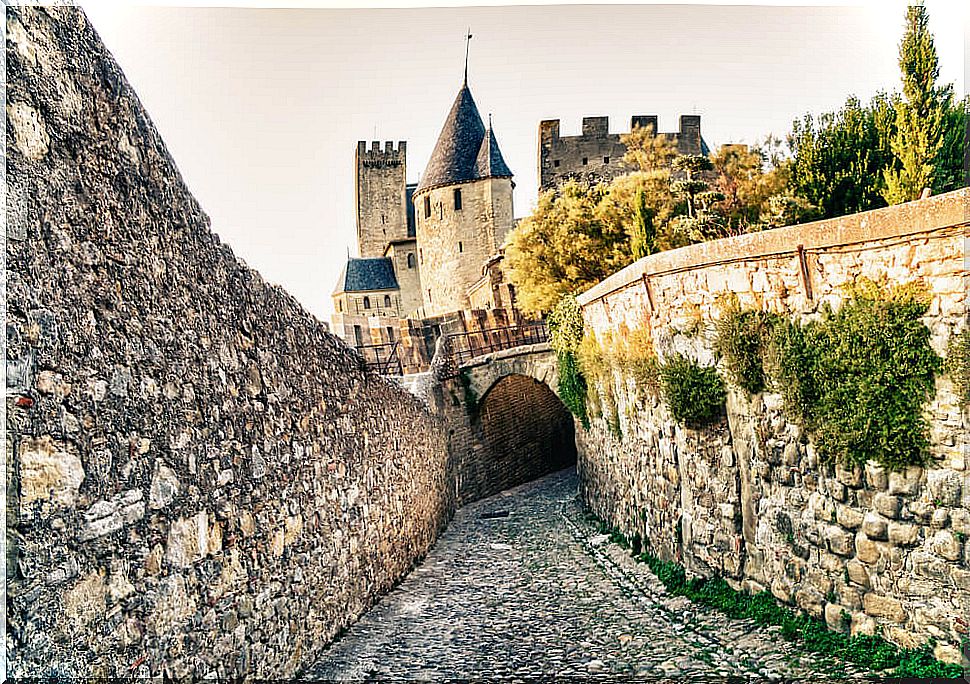
In 1240, the Trencavel family tried to regain the dominions of the city. This expedition failed and the retaliation taken by the King of France was the expulsion from the city of all those who supported the revolt.
Seven years later, the king forgave the rebels and allowed them to return to the city on the condition that they stay on the other side of the river. This was the beginning of the new city, the Bastida de San Luis.
This impregnability ceased to make sense from 1659 after the signing of the Treaty of the Pyrenees. According to this, the territories of Roussillon became part of the French Crown. In this way, along with the border, the military importance of Carcassonne disappeared and the fortifications were abandoned.
The current citadel
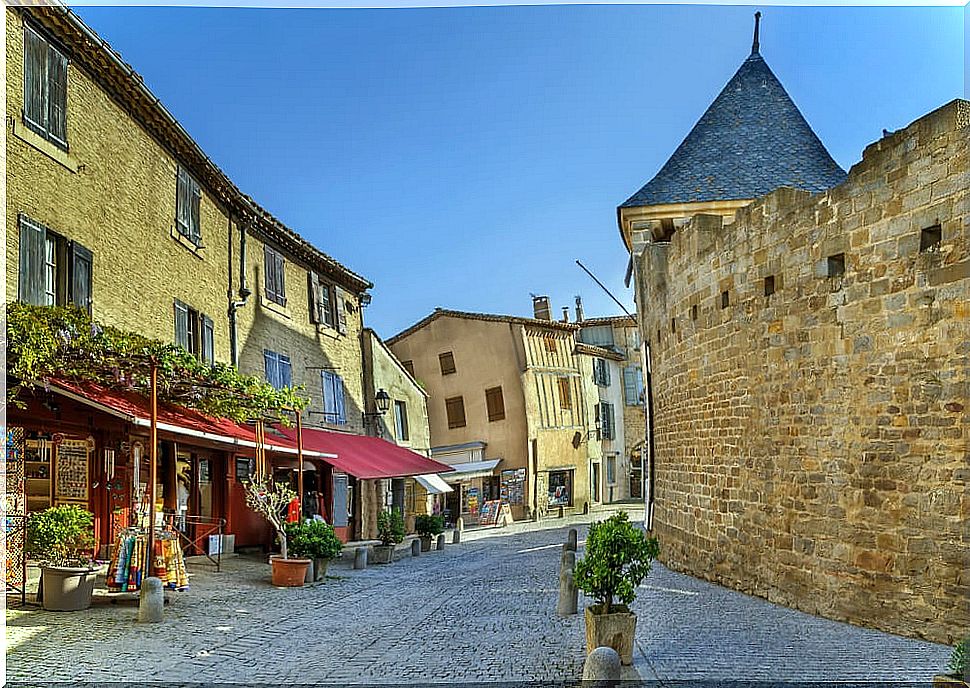
In the 18th century, the citadel was a destroyed neighborhood, abandoned and far from the city, which lived thanks to the wine trade and the textile industry. The dilapidated state of the upper city led to its demolition being considered.
Thanks to the determination of the scholar Jean-Pierre Cros-Mayrevieille and the architect Viollet-le-Duc, the citadel was saved from demolition. Restoration work began in 1853 and lasted until 1911. His determination made it possible for us to walk today through one of the most complete fortified medieval cities in Europe.
Stops in the medieval city of Carcassonne
As we have seen, the medieval age, the so-called dark age of Europe, for Carcassonne was its period of light. For this reason, today we can admire its splendor through the 52 towers and the three kilometers of walls that surround the medieval city of Carcassone.
The walls
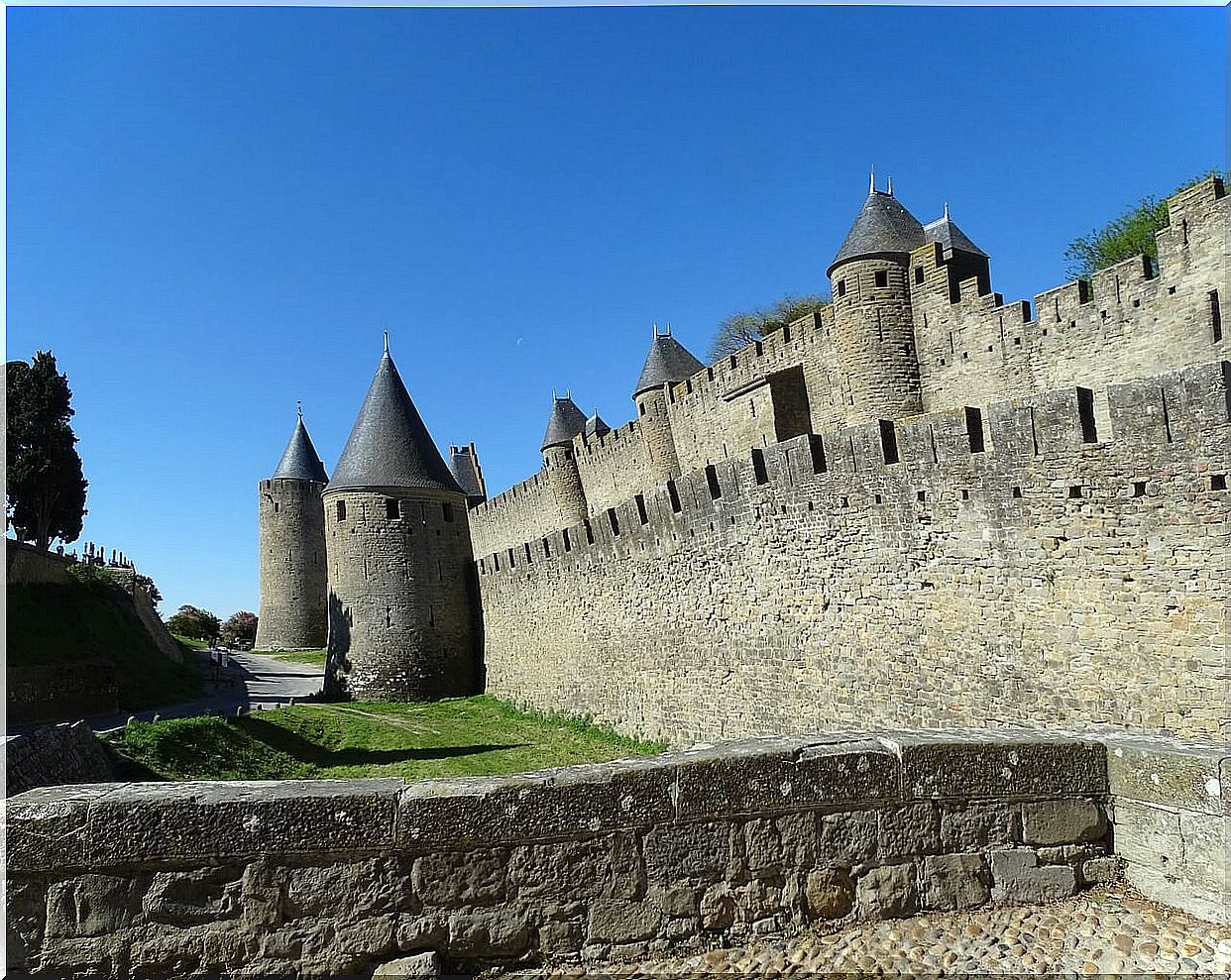
The 52 towers that guard Carcassonne are spread over two walled enclosures. But they do not look the same as in their heyday, since in the restoration of the 19th century local products were not used. Influenced by the constructions of northern France, black slate was used instead of the traditional ocher-colored tile.
The outer walled enclosure built around the citadel was built throughout the 13th century. Between the two enclosures we find the arena, a flat space approximately one kilometer in circumference that was leveled when the outer enclosure was built.
Before the restoration of the 19th century, the arena was occupied by constructions attached to the walls. These were residential spaces built by the population with fewer resources in the city. From this space we have beautiful views of the Bastida de San Luis and the Pyrenees.
The access doors to the walled enclosure
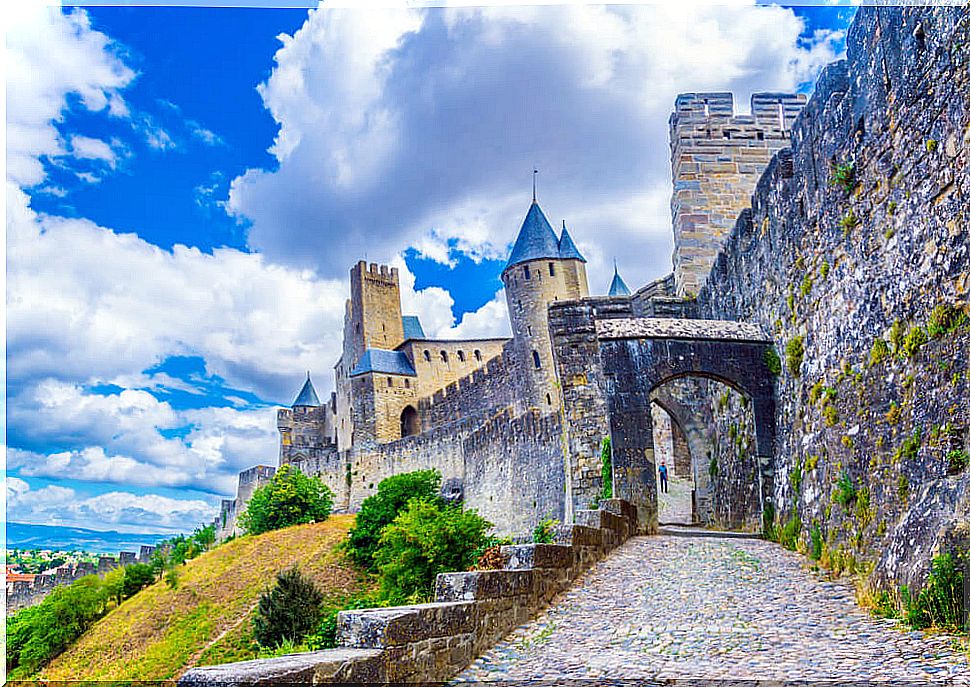
There are two accesses that allowed access to the citadel. The Narbonne Gate, located to the east of the enclosure, was built around the year 1280. It is made up of two large spur towers. In its restoration, it was equipped with a drawbridge that did not exist in the original construction.
In front of the river Aude we find the door that bears his name. It was the entrance to the western part of the medieval city of Carcassonne and is located next to the castle. It was partially destroyed in 1816 to build the Saint-Gimer church.
The count castle
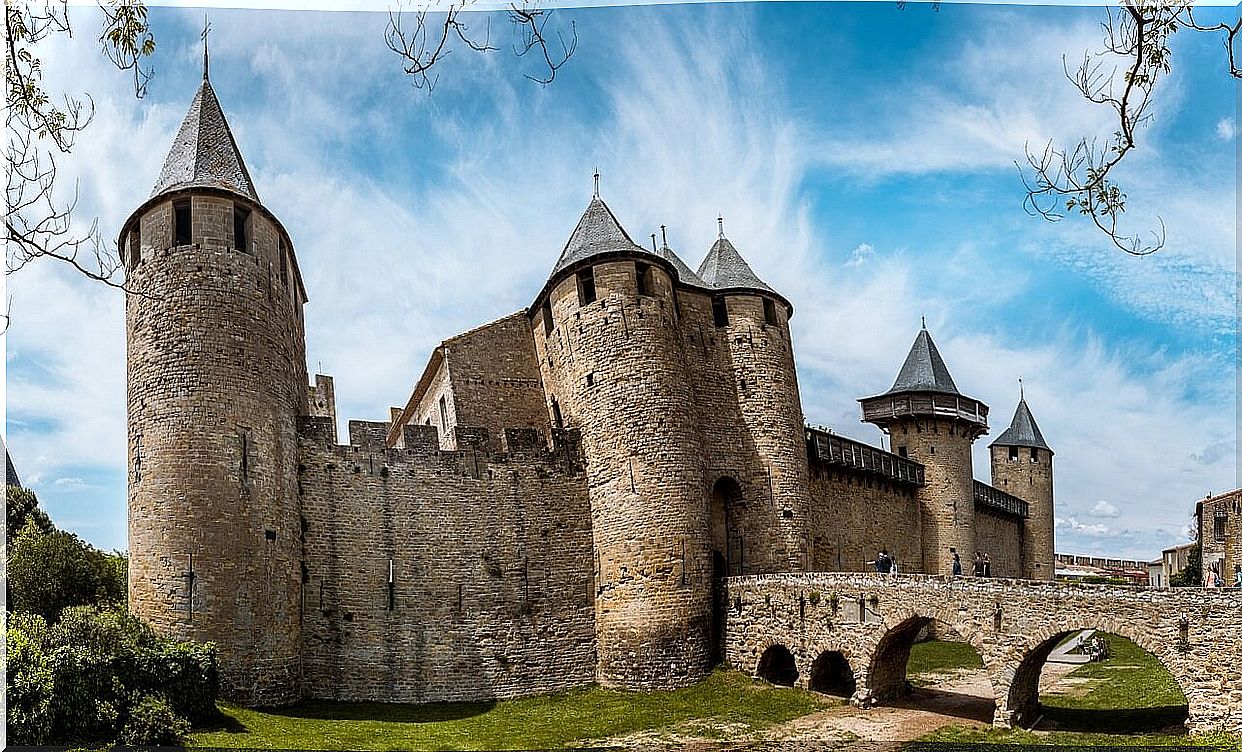
Built in the 12th century by the Trencavels, it is the nucleus of the defensive device of the citadel. It is equipped with an immense moat and a circular barbican. Inside there are two patios of great architectural beauty and we can visit a lapidary museum.
The basilica of Saint Nazaire
The title of basilica was granted by Leo XIII in 1898, but from 1096 to 1801 it was a cathedral. The first sources where this building is mentioned date from the year 925. Its architectural style is Romanesque, although in the extensions of 1269 and 1330 the Gothic style prevailed.
The Old Town Theater or Jean Deschamps Theater
An open theater with approximately 6000 seats was built on the site of the old Saint Nazaire cloister in 1908. Today the localities are half. On July 15, 2006, it was baptized as the Jean Deschamps Theater in homage to this actor and film director who, in 1957, founded the Citadel Festival.
The great well of the medieval city of Carcassonne
It is the oldest of the 22 wells that supplied the city. Legend has it that the Visigoths hid in it the treasure of the Temple of Solomon. Many have been the excavations carried out, always in vain.
This has been a small tour, but Carcasonne offers much more than its wonderful medieval fortified city. The other bank of the river, the lower city or Bastida de San Luis hide more magical corners to explore, but we will talk about them another time.
